Series |
Collections
Filters
-
Collection Type
-
-
Collection |
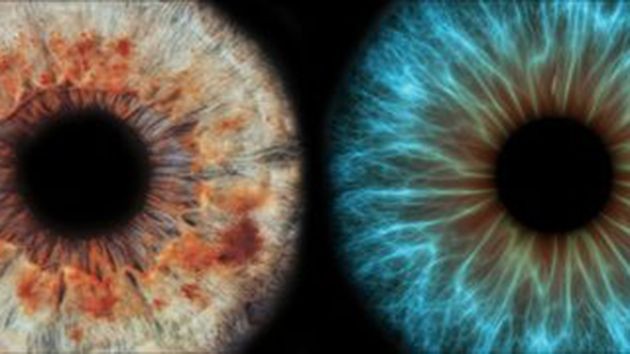 Eye Monthly Readers' Choice
Eye Monthly Readers' Choice
This Collection highlights the newest top-viewed content from Eye. Updated each month, we hope you enjoy reading these articles. Eye aims to publish the latest developments in clinical and laboratory-based research, to provide practicing clinicians, healthcare workers and researchers with information on the latest developments in ophthalmology.
Image: Evi Scholz / EyeEm; Science Photo Library - PASIEKA; Emiliano Orsi / EyeEm -
Special |
 Global Eye Health
Global Eye Health
Eye has seen an increase in number of publications from all parts of the world. In this collection, we raise the awareness of global ophthalmology as a speciality. The publications highlight regional variations in prevalence and incidence of various eye conditions, barriers and facilitators of eye care, and strategies to improve health equity globally.
Image: Pixabay (@thuanvo) -
Collection |
 Spaceflight-Associated Neuro-ocular Syndrome (SANS)
Spaceflight-Associated Neuro-ocular Syndrome (SANS)
Prolonged microgravity exposure during long-duration spaceflight (LDSF) produces interesting, unique, and unusual physiologic and pathologic neuro-ocular findings in astronauts. These microgravity associated findings collectively define the "Spaceflight Associated Neuro-ocular Syndrome" (SANS) and SANS is a disorder with no terrestrial equivalent. The United States’ National Aeronautics and Space Administration's (NASA) Space Medicine Operations Division in conjunction with space agencies and other space medicine researchers and organizations worldwide have conducted retrospective and prospective studies on SANS to better understand and potentially treat the disorder. The clinical manifestations of SANS include: unilateral and bilateral optic disc oedema, globe flattening, choroidal and retinal folds, hyperopic refractive error shifts, and focal areas of ischemic retina (i.e., cotton wool spots). Continued future research on SANS is necessary in preparation for future longer duration crewed space missions to the moon and to Mars.
Image: Image by WikiImages from Pixabay -
Collection |
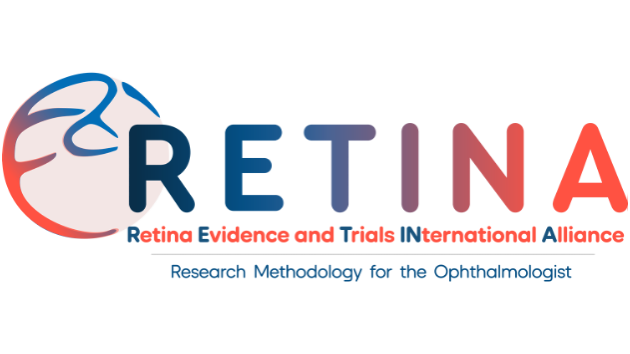 Research Methodology for the Ophthalmologist
Research Methodology for the Ophthalmologist
Evidence-based clinical practice utilizes the published medical literature to continually improve patient care. Clinical evidence consists of a wide range of study designs, with numerous methods required to appropriately and comprehensively answer the important questions that will translate to better-informed clinical care. In this series, we highlight the key methodology concepts that will help the busy clinician efficiently interpret evidence from the medical literature.
-
Collection |
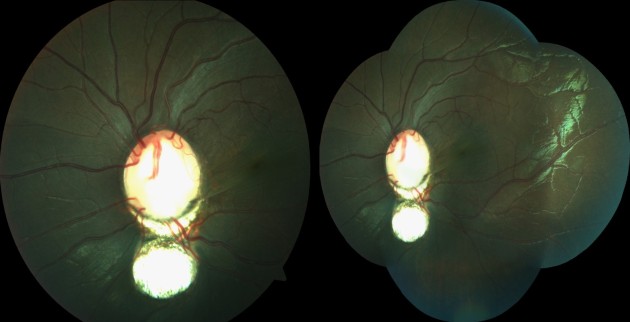 Myopia in Children
Myopia in Children
Myopia in children is a global epidemic. This collection provides a comprehensive literature on this topic.
Image: ‘Optic disc coloboma in left eye of 10 year old female. Left: normal view, Right: montage view’ Anita Ganger, Rohit Saxena, All India Institute of Medical Sciences, New Delhi -
Collection |
 Cochrane Corner at Eye
Cochrane Corner at Eye
Cochrane Eyes and Vision (CEV) is an international network of individuals working to prepare, maintain and promote access to systematic reviews of interventions and diagnostic tests to diagnose, treat or prevent eye diseases or visual impairment (https://eyes.cochrane.org/) . CEV has teamed up with Eye to produce clinical commentaries on selected Cochrane Reviews.
-
Collection |
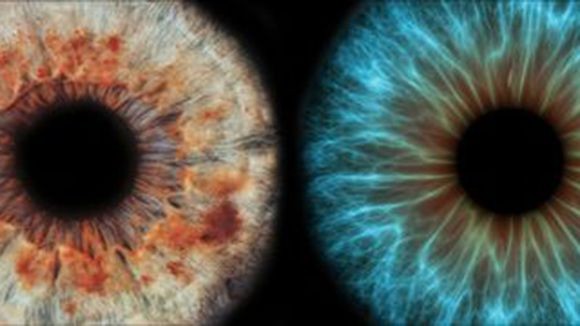 Artificial Intelligence
Artificial Intelligence
Being an image-based and data-rich speciality, the applications of artificial intelligence (AI) in Ophthalmology are abundant. To date, AI has been leveraged to predict, screen, monitor and treat ophthalmic conditions, whilst simultaneously demonstrating potential for improving service efficiency and patient flow. In this collection, we highlight various manuscripts covering artificial intelligence and machine learning, published in Eye.
-
Collection |
 Cataract
Cataract
This collection highlights numerous published manuscripts on cataract that spans from genetics to transformation to cataract pathways precipitated by the COVID-19 pandemic.
Image: ‘Folded Haptics’ Saurabh Deshmukh, Ganesh Ch Kuri, Harsha Bhattacharjee, Krati Gupta Department of Ophthalmology, Sri Sankaradeva Nethralaya, Guwahati, Assam, India -
Focus |
 Cambridge Ophthalmological Symposium
Cambridge Ophthalmological Symposium
The Cambridge Ophthalmological Symposium is a unique ophthalmological meeting. Held in St John’s College, Cambridge, it brings together basic scientists and clinicians to discuss a well defined topic in detail under the chairmanship of one of the leaders in that field. It has been running since 1971. In this web focus we are proud to highlight some recent contributions from the 2015 to 2018 Cambridge Ophthalmological Symposiums. Written by leaders in the field they describe some of the latest and most exciting research and clinical management in ocular oncology, myopia and infectious eye disease.
-
Collection |
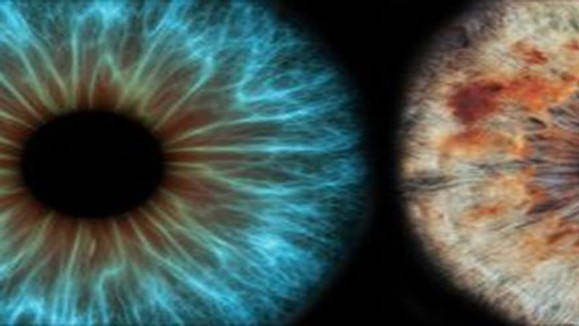 Equity, Diversity and Inclusion: Disparities in Eye Health
Equity, Diversity and Inclusion: Disparities in Eye Health
Finding solutions to disparities in eye health is a global issue that needs urgent attention. In addition to exploring factors associated with impaired access to healthcare in various parts of the world, this collection also highlights several easy-to-implement solutions to reduce some of these barriers. It includes some of the novel strategies that were urgently tested and validated to cope with the aftermath of health service inequity precipitated by the COVID-19 pandemic. The collection emphasizes the need for equality, diversity and inclusion in several aspects in Ophthalmology and is open to receiving more manuscripts on these issues.
Image: Evi Scholz / EyeEm; Science Photo Library - PASIEKA; Emiliano Orsi / EyeEmOpen for submissions -
Special |
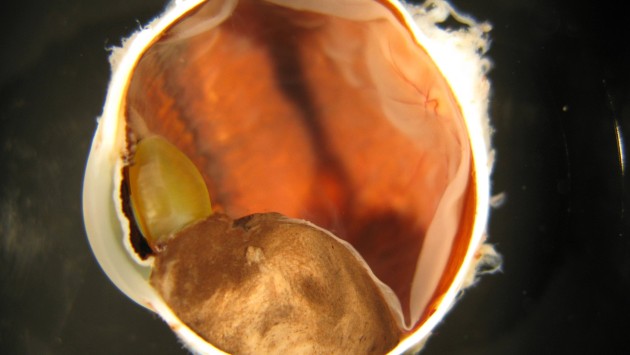 Ocular Oncology
Ocular Oncology
Ocular oncology occupies a unique position in ophthalmology. Not only are these conditions sight threatening, but they are also capable of eye loss, and many have the potential to shorten life. This issue, borne out of the symposium “Ocular Oncology Demystified” at The Royal College of Ophthalmologists, is dedicated to our late colleagues, Victoria Cohen, FRCOphth and John Hungerford, FRCS, FRCOphth.
Image: Dr Fiona Roberts, Consultant Ocular Pathologist, Queen Elizabeth University Hospital, Glasgow

 Clinical Trials at a Glance
Clinical Trials at a Glance